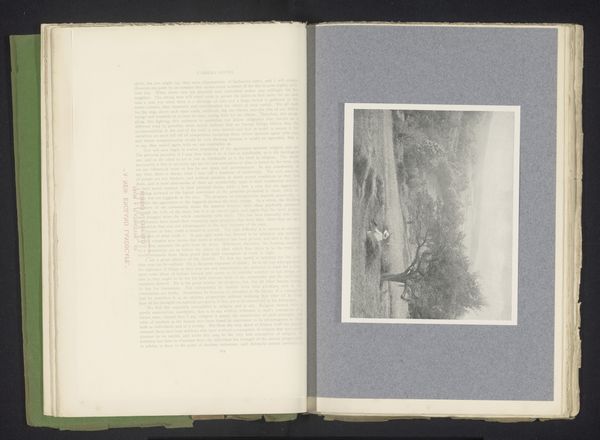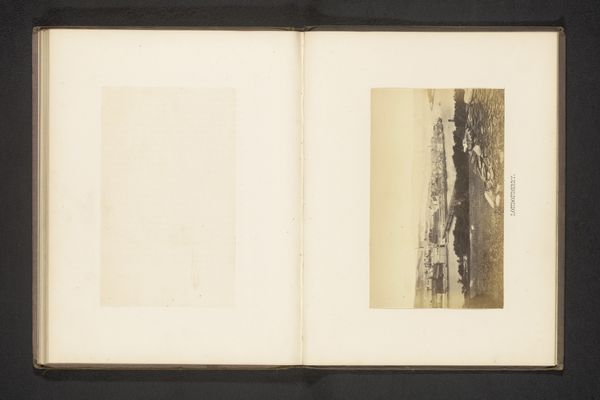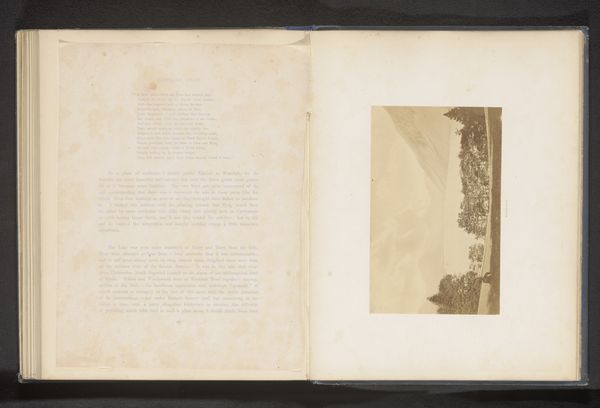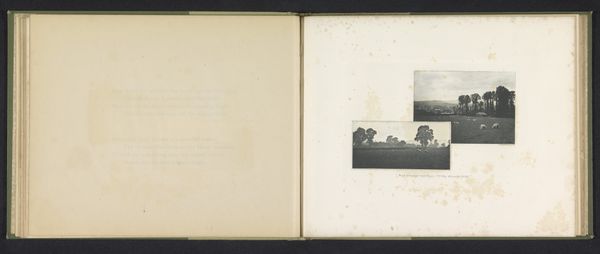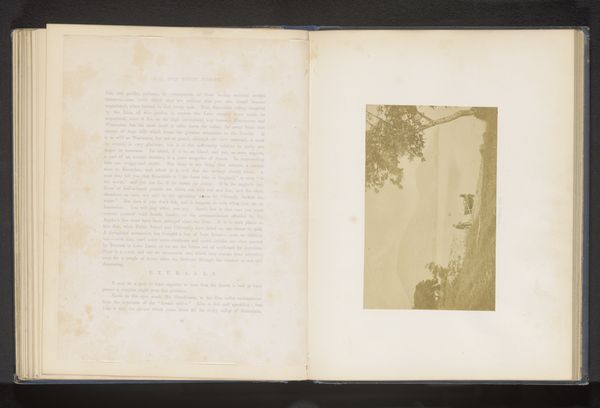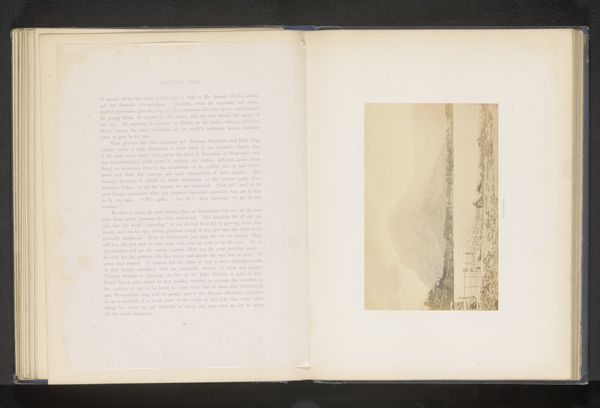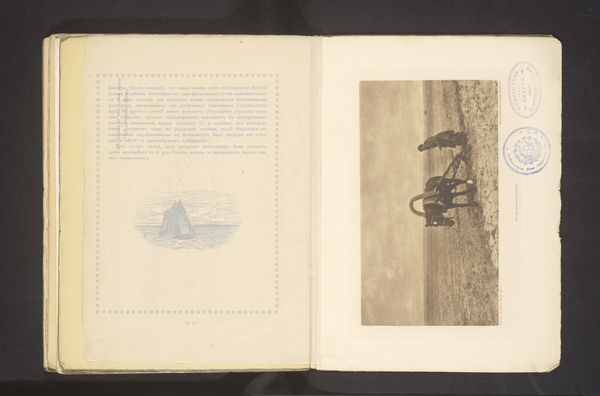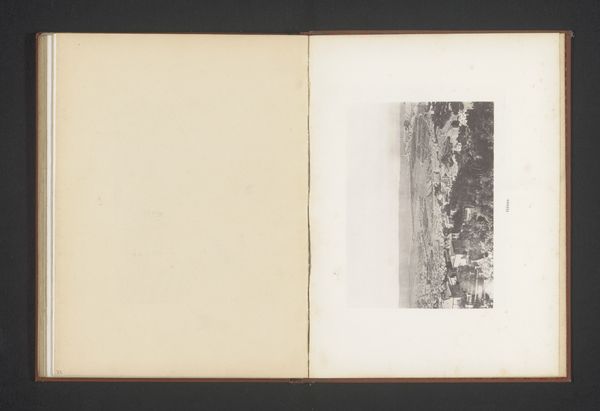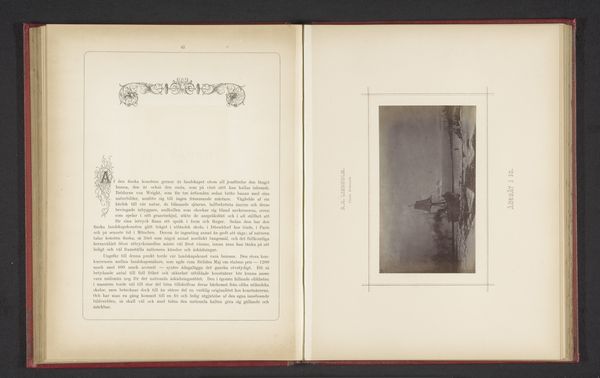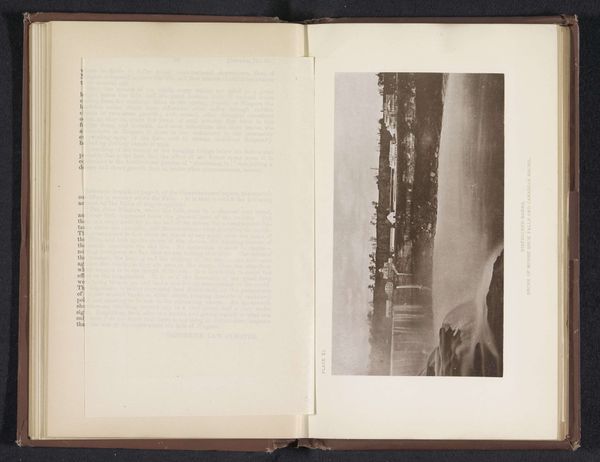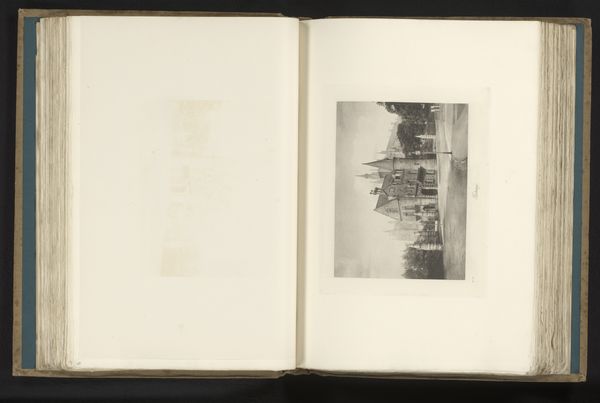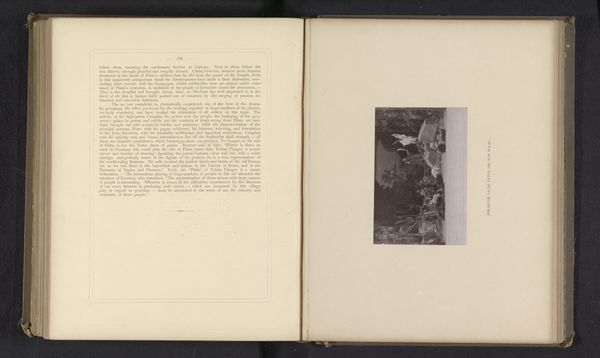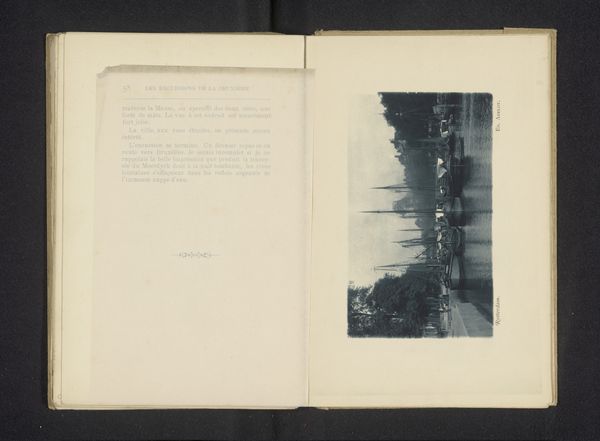
photography
#
pictorialism
#
landscape
#
photography
Dimensions: height 166 mm, width 115 mm
Copyright: Rijks Museum: Open Domain
Editor: So, this is "Landschap met schapen," or "Landscape with Sheep," by Jean-Ferdinand Coste. It's a photograph, taken sometime before 1900, and it's quite evocative. It makes me feel like I'm looking at something very dreamlike. How do you interpret this work, looking at it today? Curator: This image invites us to consider the intersections of class, labor, and the representation of the pastoral ideal. The sheep, traditionally symbols of rural tranquility, here also represent a kind of laboring body, essential to the economic landscape. The mist and soft focus often used in pictorialism can romanticize that labor. Editor: That's interesting. I hadn’t considered the sheep as laborers. Curator: Ask yourself, who benefits from that idealization? Are the actual lived experiences of rural laborers erased by this aesthetic choice? Editor: So, is the artist making a subtle commentary, or perhaps unintentionally reinforcing social hierarchies? Curator: It's precisely in asking these questions, in unpacking the layered meanings and potential contradictions, that we can have a more complex and honest understanding of this piece and its historical context. Even beautiful art can reflect inequality. Editor: Wow, I never thought I would look at a landscape of sheep and think about class! Thanks for expanding my view. Curator: Art should challenge our assumptions. That is, perhaps, it's most radical function.
Comments
No comments
Be the first to comment and join the conversation on the ultimate creative platform.
